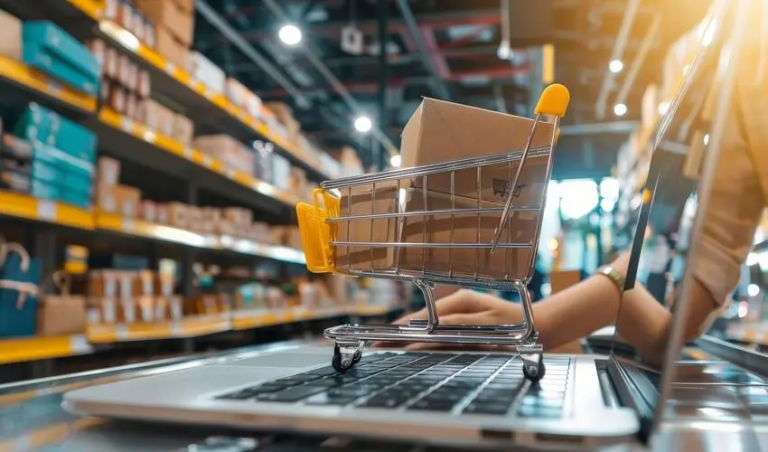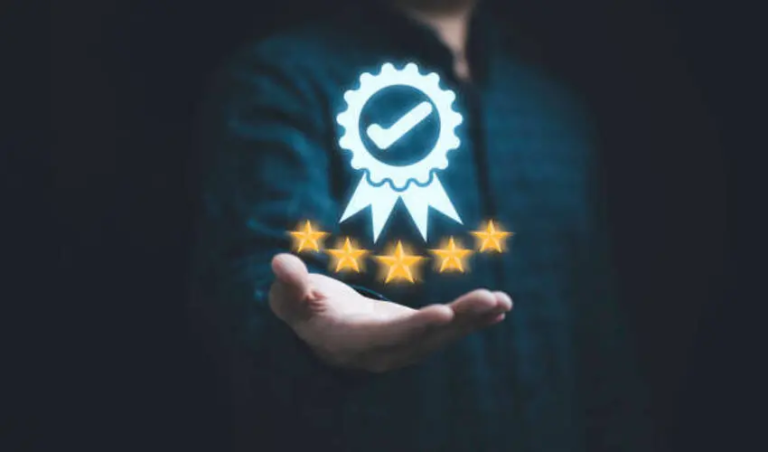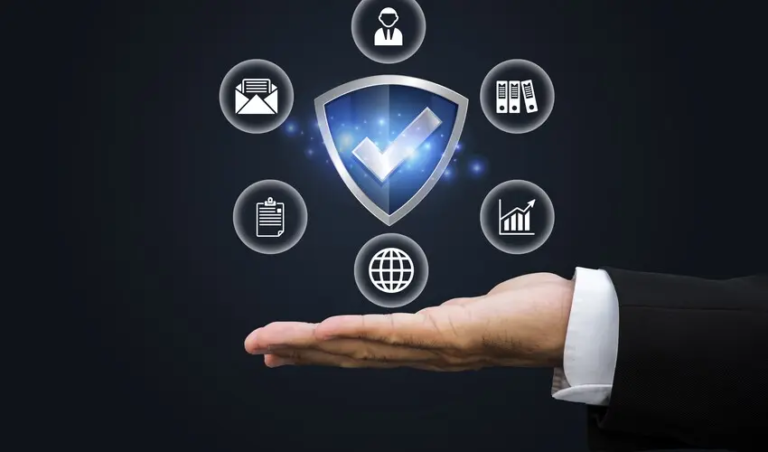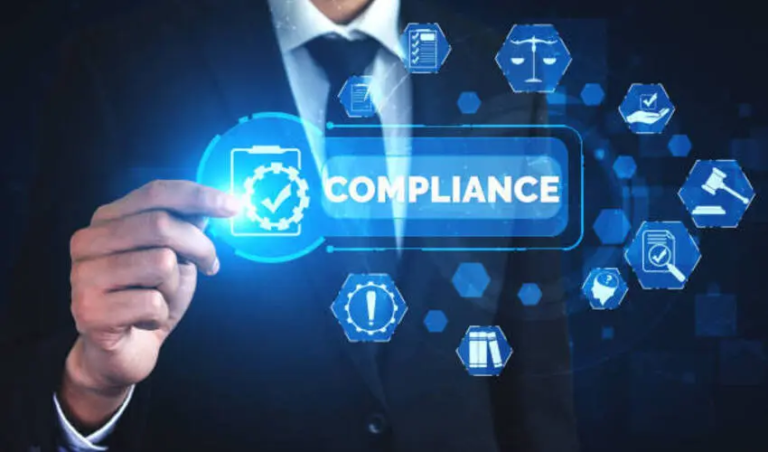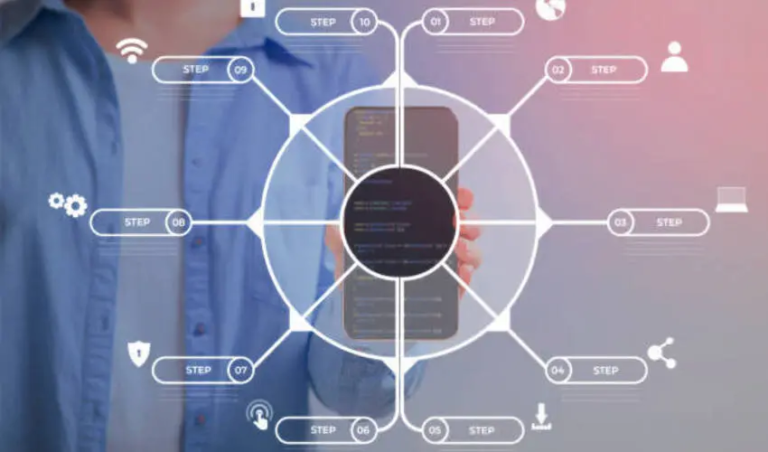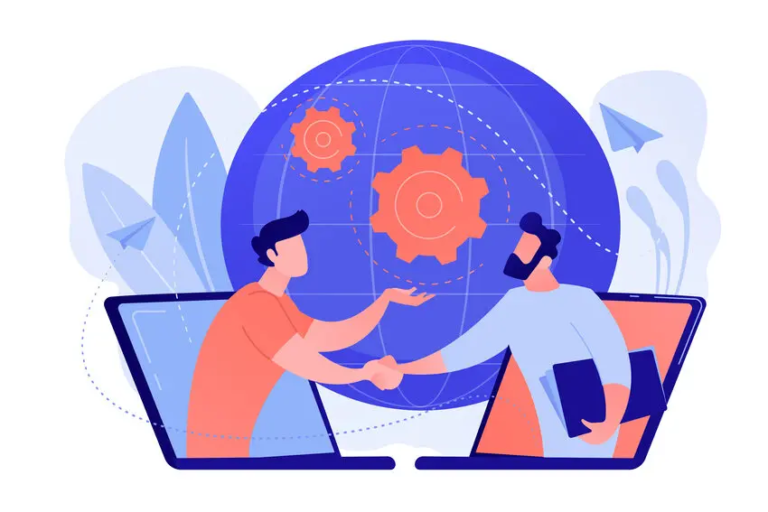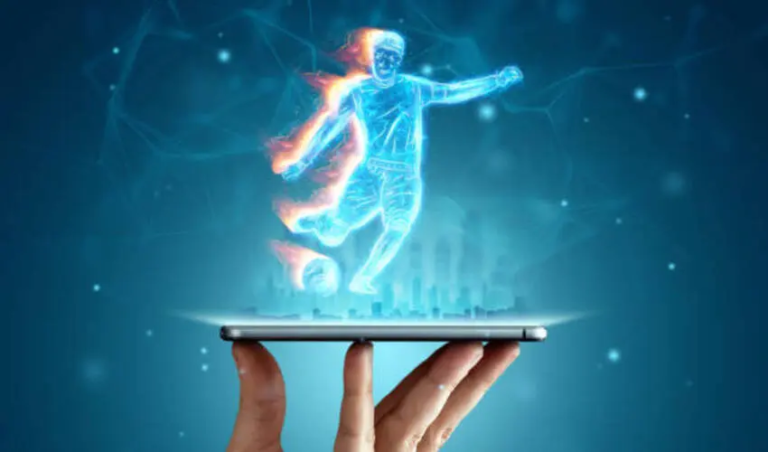Think of a retail store as a living, breathing entity, constantly humming with valuable information. The moment a customer steps inside, every interaction with a product, every second spent wandering the aisles, and even their subtle facial expressions offer up data waiting to be explored.
Computer vision acts like a sophisticated observer, capturing this complex interplay between shoppers and their surroundings. It turns raw observations into practical, useful insights. For retailers, this technology is like gaining a sixth sense, but one grounded in hard evidence rather than just intuition.
Introduction
For anyone steering a retail business, grasping how computer vision works isn’t just a good idea—it’s essential. This tech is key to creating smoother shopping trips, managing stock automatically, preventing theft more effectively, and delivering marketing that feels tailor-made for each customer. It’s a crucial piece in shaping the future of retail.
Creating A Smooth Shopping Experience
Creating a smooth and hassle-free shopping experience is something both shoppers and retailers are really going for. And guess what? Computer vision is the key tech that makes this happen. You know those old checkout systems? They can be a pain, with long lines, having to scan things yourself, and sometimes people just make mistakes. Computer vision cuts all that out, paving the way for automated, no-cashier stores. These places totally change how efficient retail can be, making things more reliable and accurate.
Automatic Inventory Management
Let’s talk about automated inventory management. Thanks to computer vision, retailers can now keep a real-time eye on every single item on their shelves without lifting a finger. It all starts with shelf monitoring. Smart cameras, powered by computer vision algorithms, constantly scan the store, quickly spotting anything that’s out of stock or in the wrong place.
Some big-name retailers have even brought in shelf-scanning robots equipped with computer vision to wander the aisles. These bots can spot gaps or mismatches on the shelves right away. Having this live data allows stores to restock immediately, which not only helps prevent lost sales but also makes customers happier by making sure the products they want are always available.
Streamlining Store Operations
Computer vision technology is revolutionizing many parts of retail, making it possible to run stores with fewer employees. When it comes to managing inventory, this tech helps keep the supply chain in good shape. But it’s also incredibly useful for managing the store itself.
One key benefit is making the shopping experience smoother for customers, from the moment they walk in until they leave. Retailers use computer vision cameras to create heat maps that track how people move around the store. This helps spot busy areas, quiet spots, and places where shoppers tend to get stuck or confused. Companies like Tesco are already using these insights to tweak their store layouts for the better.
Keeping Losses Low and Stores Secure
Traditional brick-and-mortar shops are always fighting against theft and dishonesty, which ends up costing them huge sums every year. Machine learning brings a powerful boost to security that goes way beyond what regular cameras can do. Not only can it watch what’s happening, but it also figures out patterns and even guesses what might happen next. This makes it an incredibly useful tool for stopping losses.
Trying on items virtually with augmented reality
Computer vision teams up with augmented reality (AR) to create a game-changing shopping experience called virtual try-on. This teamwork is especially important in areas like fashion, makeup, and glasses, where how something looks and fits really matters. Both online stores and physical shops are using these tech tools to make it easier for shoppers to decide what to buy and to make the whole experience more fun.
Personalized In-Store Marketing
Stores are using a mix of sensors and cameras, powered by computer vision, to gather detailed insights into how customers behave and shop. By tracking which items people pick up, look at, and ultimately buy or put back, retailers can build detailed profiles of shoppers right on the spot.
Connecting this technology with smart devices takes personalization to the next level. Linking store apps to customers’ own gadgets, like smartphones or smartwatches, creates a smooth link between the physical store and the individual customer.
AI- Powered Products. Measurable Impact.
Conclusion
Using computer vision isn’t just about collecting more data; it’s about getting the right information and turning it into practical insights to tackle various challenges. On one side, computer vision helps make operations run more smoothly and automate routine tasks, freeing up staff to focus on more meaningful work. On the other side, it lets retailers boost and customize the customer experience in ways we haven’t really seen before.
Frequently Asked Questions (FAQs)
Retailers can also use computer vision to enhance merchandising, store layouts, and staff positioning. In the retail world, computer vision can also help improve customers’ in-store experiences, which in turn boosts satisfaction and makes them more likely to come back.
AI and data analysis are really shaking up how retailers handle their day-to-day store operations. These tools are helping companies, among other things, to dig into huge amounts of data, get a better grasp on what customers are doing, predict what they’ll buy next, and make sure their stock levels are just right.
Utilizing AI in retail can significantly enhance both your sales and customer connections. With AI solutions automating data collection, analysis, and delivery, you can act on valuable insights much faster and more effectively. Plus, it helps elevate the experience for both your employees and your customers.
Diginatives offers the best AI solutions worldwide. If you want flawless apps and software, please contact us.
